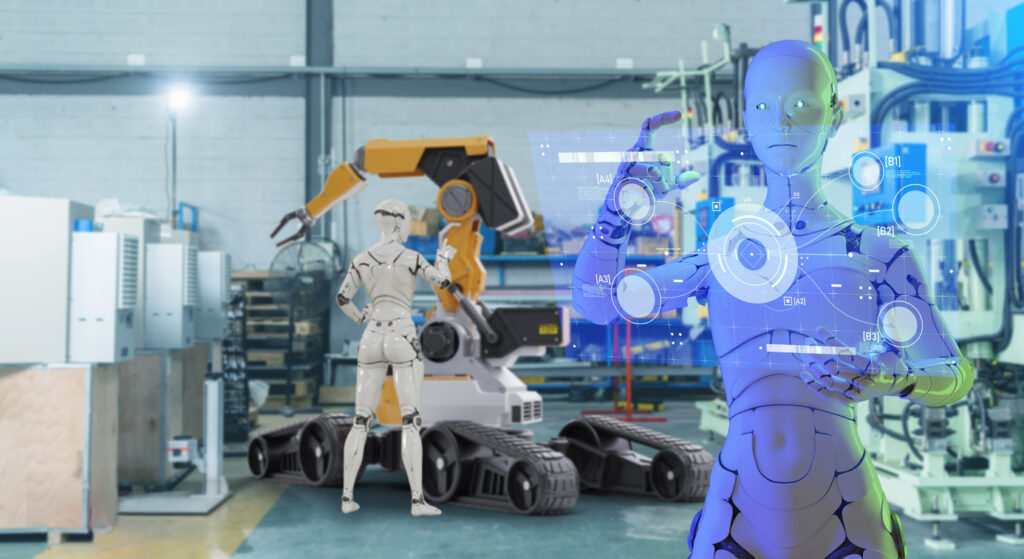Table of Contents
Welcome to the Fascinating World of RAG!
In this blog series, we’ll embark on a detailed exploration of Retrieval-Augmented Generation (RAG), a cutting-edge technology at the intersection of natural language processing and information retrieval. RAG represents a significant advancement in AI, combining the strengths of pre-trained language models (like GPT-3.5 or BERT) with robust information retrieval systems.
Throughout our journey, we’ll cover the following.
The Basics of RAG
We’ll start with a foundational understanding of RAG, discussing its two main components – the information retrieval system and the language generation model. This includes an in-depth look at technologies like vector similarity search, dense passage retrieval, and the integration of these components to create more accurate and contextually relevant responses.
Intermediate Concepts
As we delve deeper, we’ll explore how RAG works with Large Language Models (LLMs), enhancing their capabilities and reducing hallucinations in text generation.
Advanced Techniques and Applications
We’ll investigate the advanced applications of RAG, from question answering to text summarization and completion, highlighting its versatility and effectiveness in handling complex tasks that require deep contextual understanding.
Future Prospects and Challenges
Finally, we’ll discuss the future trajectory of RAG, including its potential developments, challenges in its implementation, and the impact it could have on various sectors.
Join us as we unravel the complexities of RAG, providing insights into its mechanics, applications, and the transformative potential it holds in AI and language processing. Stay tuned for an enlightening journey into the world of Retrieval-Augmented Generation!
The Basics of Retrieval-Augmented Generation (RAG)
In the first part of our series, we delve deep into the basics of Retrieval-Augmented Generation (RAG), a groundbreaking approach in AI that combines the power of information retrieval with advanced language generation. Let’s explore its core components, workings, and diverse applications.
1. Understanding RAG
RAG is a state-of-the-art AI method that augments language models’ capabilities by incorporating external information sources.
It addresses the limitations of traditional language models, which, while effective, often need help with tasks requiring specific, factual knowledge.
2. The Core Components
Retrieval System: This part acts like a sophisticated search engine, using techniques like vector similarity search to fetch relevant information from extensive databases.
Language Model: Following retrieval, advanced language models (such as GPT-3.5 or BERT) take over, generating coherent and contextually relevant responses based on the retrieved data.
3. How RAG Works
The process starts with the input query, which triggers the retrieval system to scan vast datasets for pertinent information.
The language model then intelligently crafts a response, ensuring it is accurate and contextually appropriate.

4. The Role of NLP
RAG heavily relies on NLP concepts like semantic understanding and contextual awareness for its data retrieval and response generation processes.
5. Practical Applications of RAG
Chatbots: RAG empowers chatbots with enhanced accuracy and informativeness, making them more reliable for user interactions.
Knowledge Stores: An efficient tool for organising and retrieving information from large knowledge bases.
Research and Content Creation: Facilitates the generation of content that is both rich in information and contextually accurate.
Question Answering Systems: Delivers precise and comprehensive answers by considering multiple information sources.
6. Advantages and Challenges
RAG brings several benefits, including improved accuracy, reduced response hallucinations, and cost-effectiveness.
However, the quality of outputs depends heavily on the data sources used, and balancing retrieval with generation remains a challenge.
Conclusion: The Journey Ahead
In upcoming posts, we’ll explore more advanced aspects of RAG, including optimization techniques and its transformative potential in various sectors.
